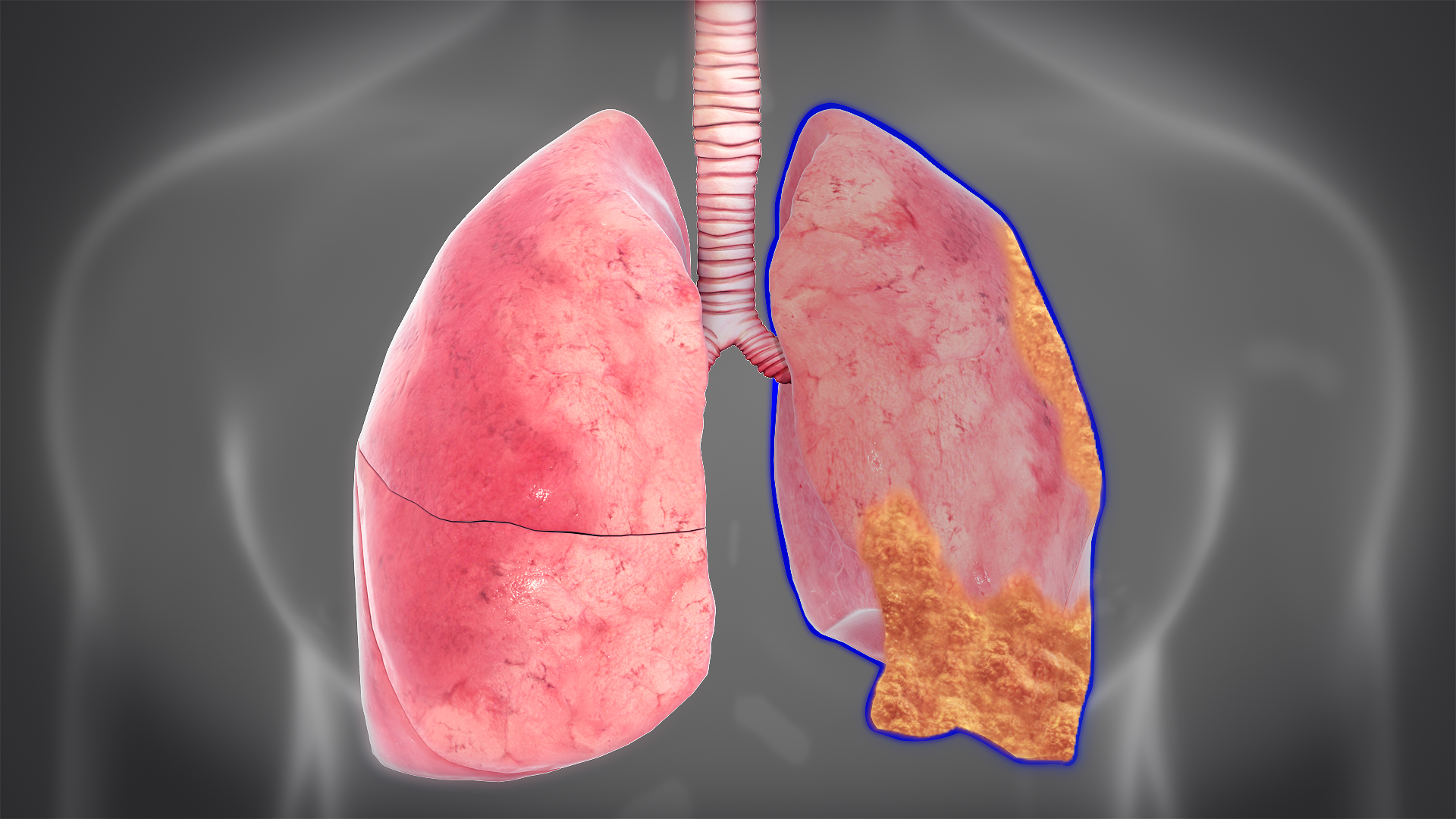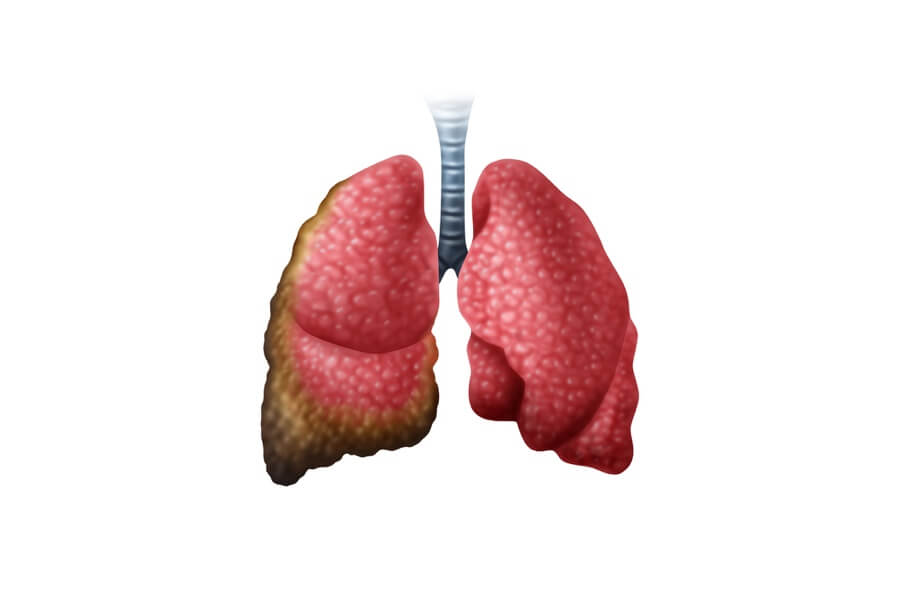Veterans With Mesothelioma

Mesothelioma is a rare and aggressive form of cancer that develops in the mesothelium, a protective lining that covers the internal organs. It is primarily caused by exposure to asbestos, a group of naturally occurring minerals used in various industries for their heat resistance and insulating properties. This article aims to provide a comprehensive overview of mesothelioma, including its causes, symptoms, diagnosis, and treatment options.
Causes of Mesothelioma: The primary cause of mesothelioma is asbestos exposure. When asbestos fibers are inhaled or ingested, they can become lodged in the mesothelium, leading to chronic inflammation, scarring, and the eventual development of cancerous cells. Occupational exposure to asbestos is common among individuals working in industries such as construction, manufacturing, shipbuilding, mining, and asbestos removal. Additionally, secondary exposure can occur when people come into contact with asbestos-contaminated materials brought home by exposed workers.

Symptoms of Mesothelioma: The symptoms of mesothelioma often manifest years or even decades after asbestos exposure, making it challenging to diagnose at early stages. Common symptoms include:
- Chest pain and discomfort
- Persistent coughing
- Shortness of breath
- Fatigue and weakness
- Unexplained weight loss
- Respiratory complications
- Difficulty swallowing
- Swelling or lumps in the abdomen
- Night sweats
It is crucial to consult a healthcare professional if you experience these symptoms, especially if you have a history of asbestos exposure.

Diagnosis of Mesothelioma: Diagnosing mesothelioma involves a combination of medical history review, physical examinations, imaging tests, and biopsy. The process typically includes the following steps:
- Medical history review: The doctor will inquire about your occupational history and potential asbestos exposure.
- Physical examination: A thorough examination, including listening to the lungs and checking for any visible symptoms, will be conducted.
- Imaging tests: X-rays, CT scans, and MRI scans help visualize any abnormalities, tumors, or fluid buildup in the affected areas.
- Biopsy: A biopsy involves the removal of a small tissue sample for microscopic examination, confirming the presence of cancer cells and determining the type and stage of mesothelioma.

Types and Staging of Mesothelioma: There are four primary types of mesothelioma based on the affected area:
- Pleural mesothelioma: The most common form, affecting the lining of the lungs (pleura).
- Peritoneal mesothelioma: Occurs in the lining of the abdomen (peritoneum).
- Pericardial mesothelioma: Rare type, affecting the lining around the heart (pericardium).
- Testicular mesothelioma: Extremely rare, developing in the lining of the testes.
Staging is crucial to determine the extent of cancer spread and guide treatment decisions. The staging system ranges from stage I (localized) to stage IV (advanced), considering factors like tumor size, lymph node involvement, and metastasis.
Treatment Options for Mesothelioma: The treatment of mesothelioma depends on several factors, including the stage of cancer, overall health, and patient preferences. Treatment options may include:
- Surgery: Surgical procedures aim to remove cancerous tissue, relieve symptoms, and improve quality of life. Examples include pleurectomy/decortication (P/D) and extrapleural pneumonectomy (EPP) for pleural mesothelioma, as well as cytoreductive surgery and heated intraperitoneal chemotherapy (HIPEC) for peritoneal mesothelioma.
- Radiation therapy: High-energy radiation